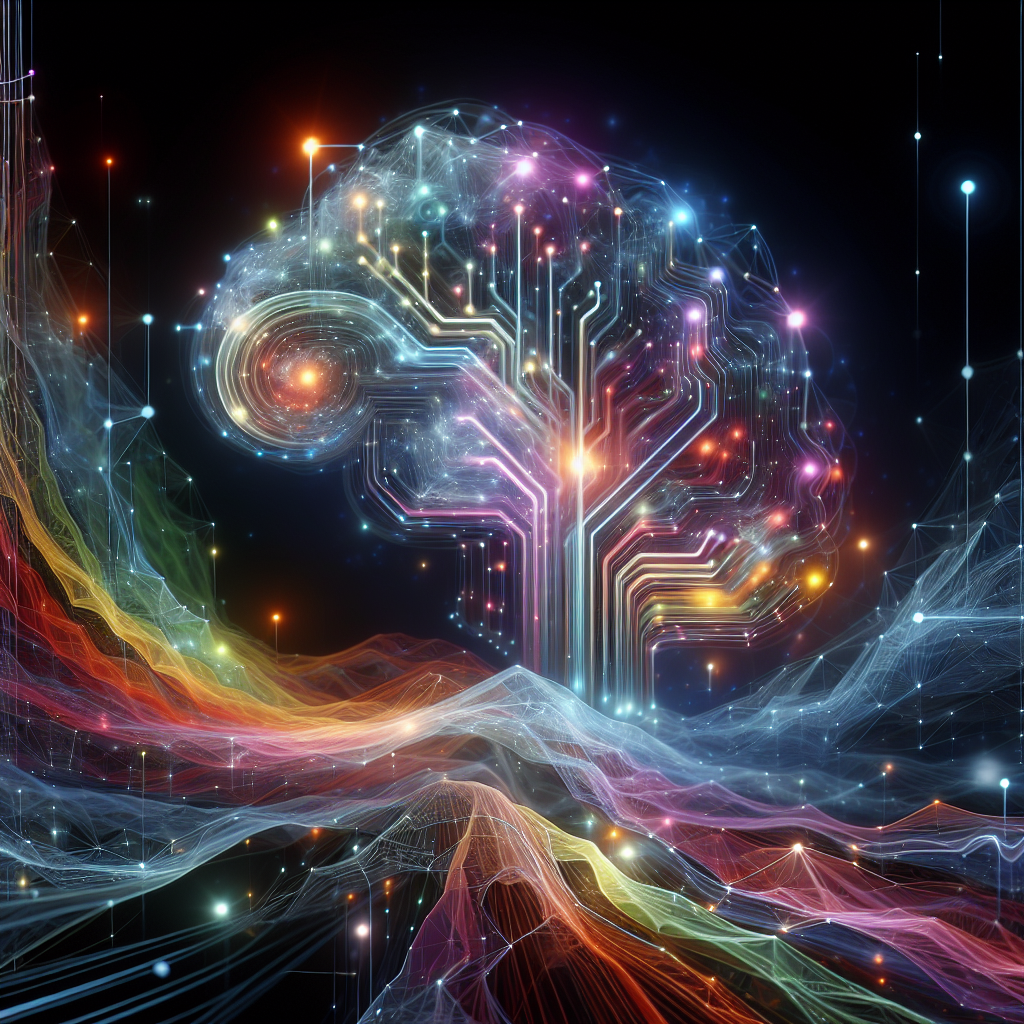Machine learning has become an integral part of our daily lives, from recommending movies on Netflix to predicting stock prices. However, the future of machine learning lies in harnessing the power of deep neural networks.
Deep neural networks, also known as deep learning, are a type of machine learning algorithm inspired by the structure of the human brain. These networks consist of multiple layers of interconnected nodes, or neurons, that process and analyze data to make predictions or decisions. By leveraging the power of deep neural networks, we can train machines to recognize patterns, make complex decisions, and even learn from their mistakes.
One of the key advantages of deep neural networks is their ability to handle large and complex datasets. Traditional machine learning algorithms often struggle with high-dimensional data, but deep neural networks excel at processing vast amounts of information. This makes them ideal for tasks such as image and speech recognition, natural language processing, and autonomous driving.
Another important aspect of deep neural networks is their ability to learn and improve over time. By continuously feeding them new data, these networks can adapt and refine their models, making them more accurate and efficient. This capability is crucial for applications such as personalized recommendations, fraud detection, and medical diagnosis.
Despite their potential, deep neural networks also face challenges. Training these networks requires massive amounts of computational power and data, which can be costly and time-consuming. Additionally, deep neural networks are often criticized for their lack of transparency and interpretability, making it difficult to understand how they arrive at their decisions.
To overcome these challenges, researchers are exploring new techniques and algorithms to enhance the performance of deep neural networks. For example, transfer learning allows models to leverage knowledge from one task to improve performance on another, while adversarial training helps networks become more robust and secure against potential attacks.
In conclusion, the future of machine learning lies in harnessing the power of deep neural networks. By leveraging these advanced algorithms, we can unlock new possibilities and applications in various fields, from healthcare and finance to entertainment and transportation. With continued research and innovation, deep neural networks have the potential to revolutionize the way we live and work in the years to come.
#Future #Machine #Learning #Harnessing #Power #Deep #Neural #Networks,dnn


Leave a Reply